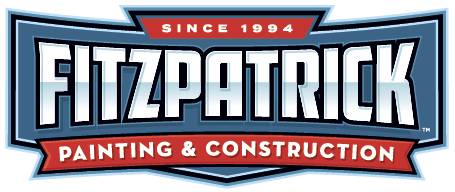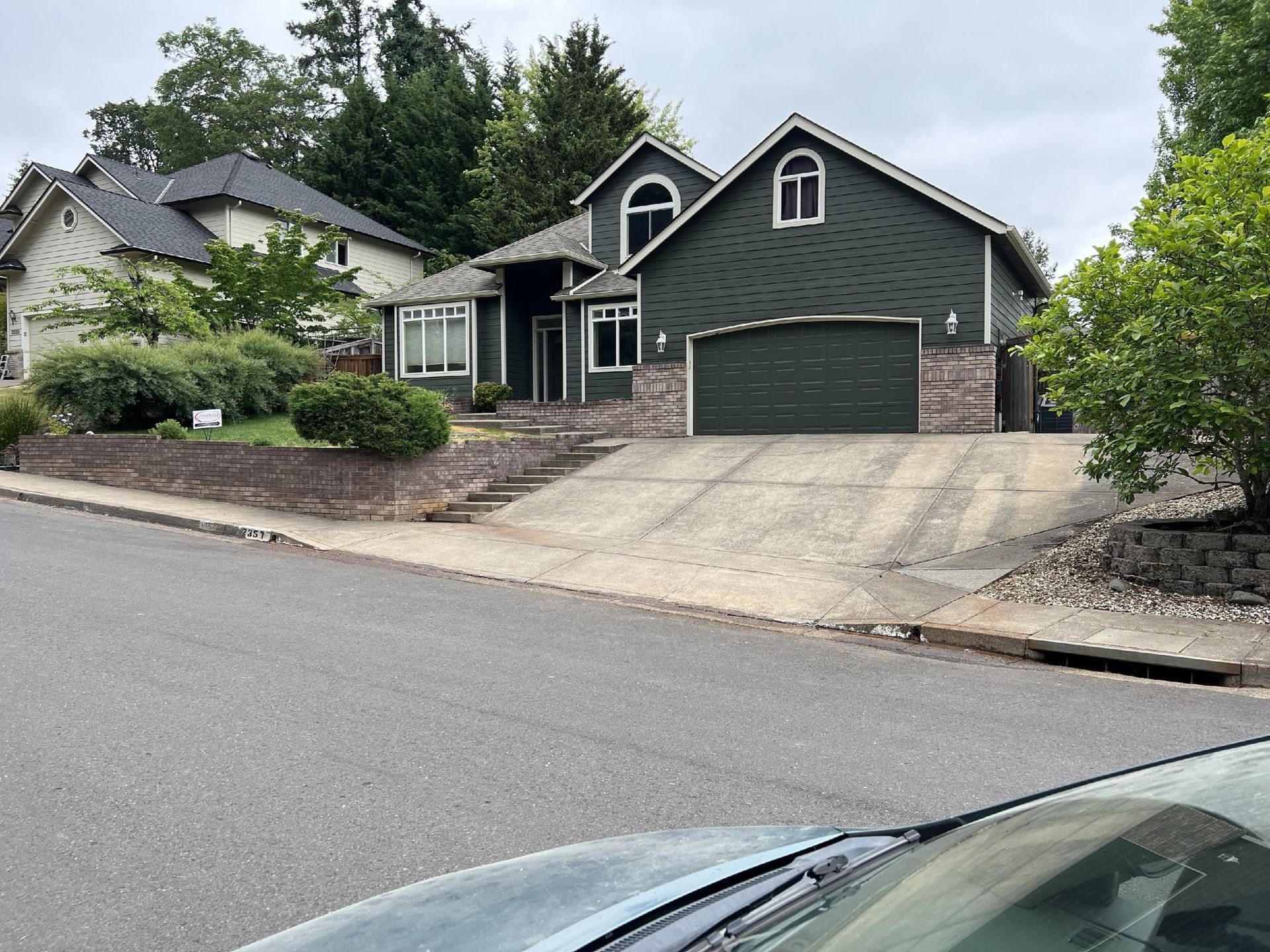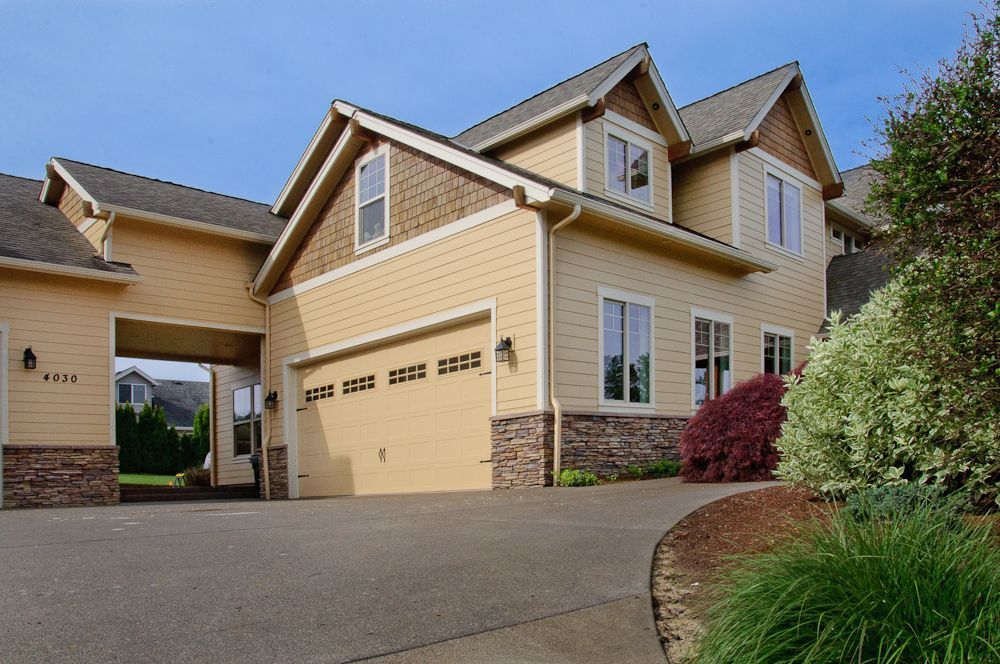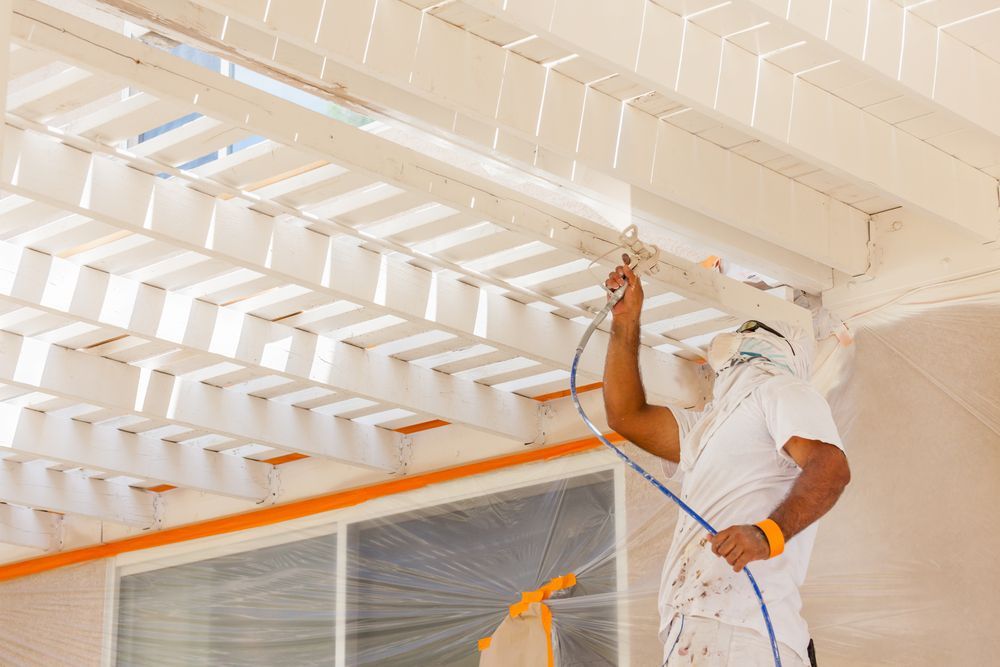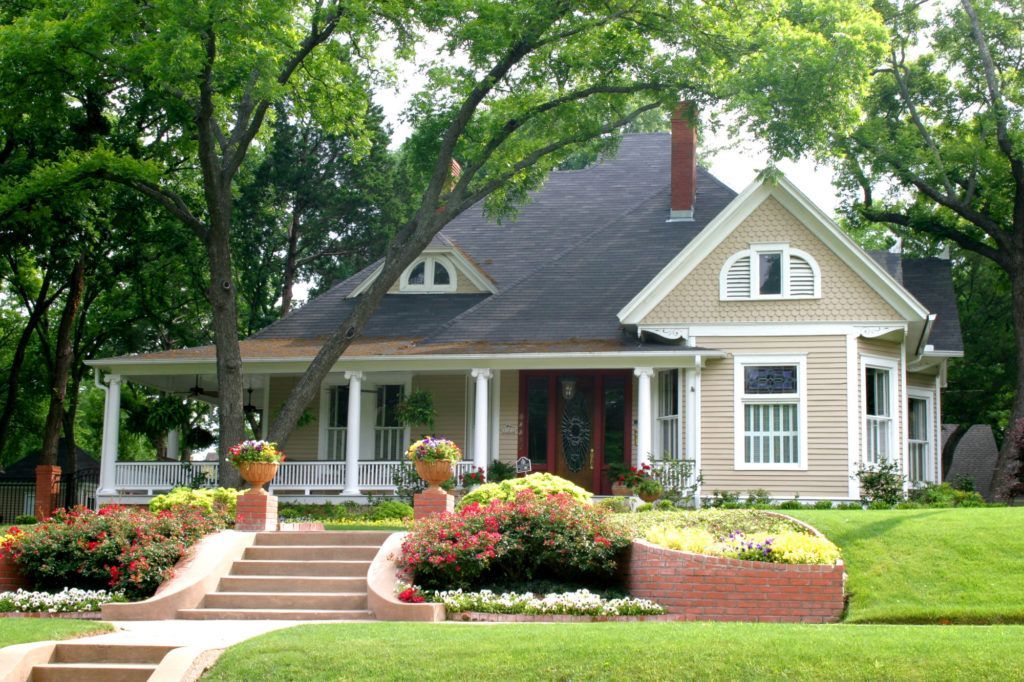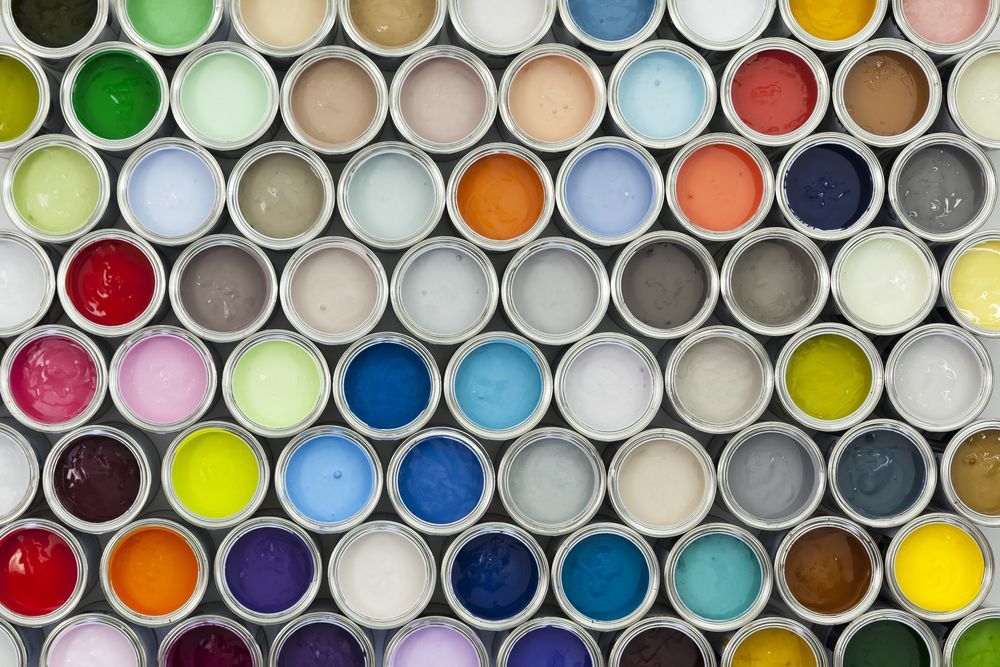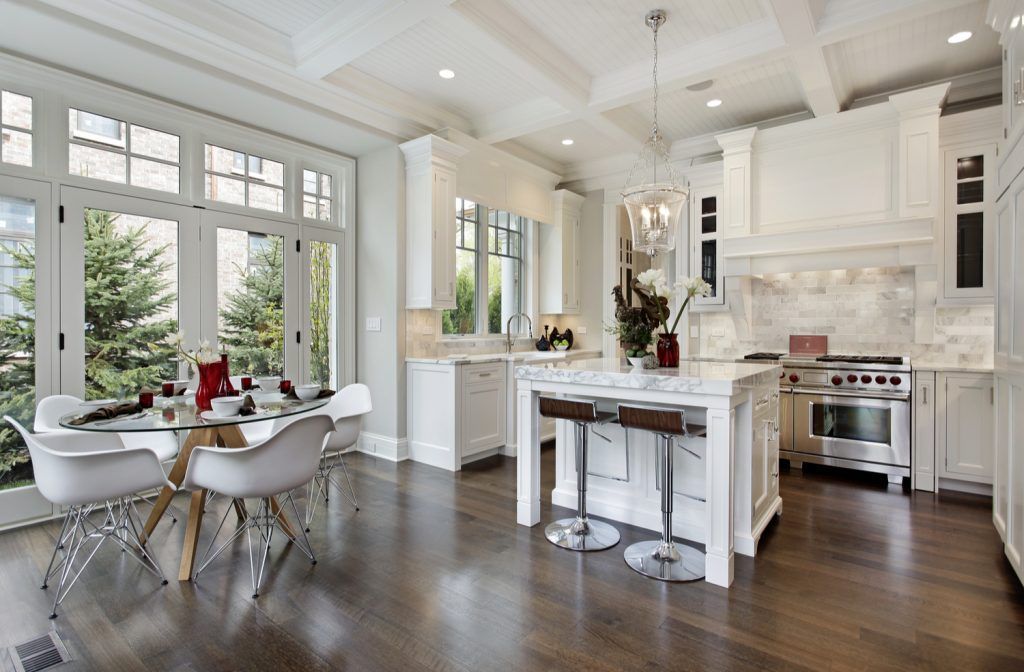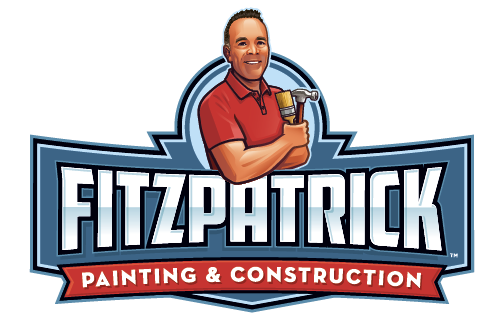Is Expensive Paint Worth It?
We all know what it's like to stand in the middle of the aisle with five different versions of the same paint staring back at you. Same kind of can, same amount of paint, and sometimes even the same brand. But what's different? Oh, just that little price tag!
It's understandable to wonder: “Is it REALLY worth paying the bigger bucks for paint?” The short answer is, yes! But it also helps to understand why.
Understanding Paint Quality Differences
Paint quality is more than just a pretty label and different branding—it’s about the ingredients used, the manufacturing processes, and real-world performance. You may not be able to tell just by looking into a can, but in reality, the difference between cheap and premium paint is like the difference between freshly squeezed orange juice and… ‘the other stuff.’” Let's break it down.
- Pigments: Premium paints often contain more finely ground and higher-quality pigments, resulting in richer, more vibrant colors that require fewer coats for complete coverage. In other words, you end up using less paint overall.
- Binders: The binders in paint influence adhesion and flexibility. Premium options generally use superior binders, which create a stronger bond with surfaces and resist cracking or peeling over time. When cheaper paints fail, you not only need to repaint sooner, but you often need to deal with more surface prep too.
- Additives: High-end paints include specialized additives for mildew resistance, UV protection, and ease of application, ensuring a smoother and more professional finish.
In contrast, budget paints may sacrifice ingredient quality to keep costs low, often leading to thinner coverage, less durability, and more frequent touch-ups.
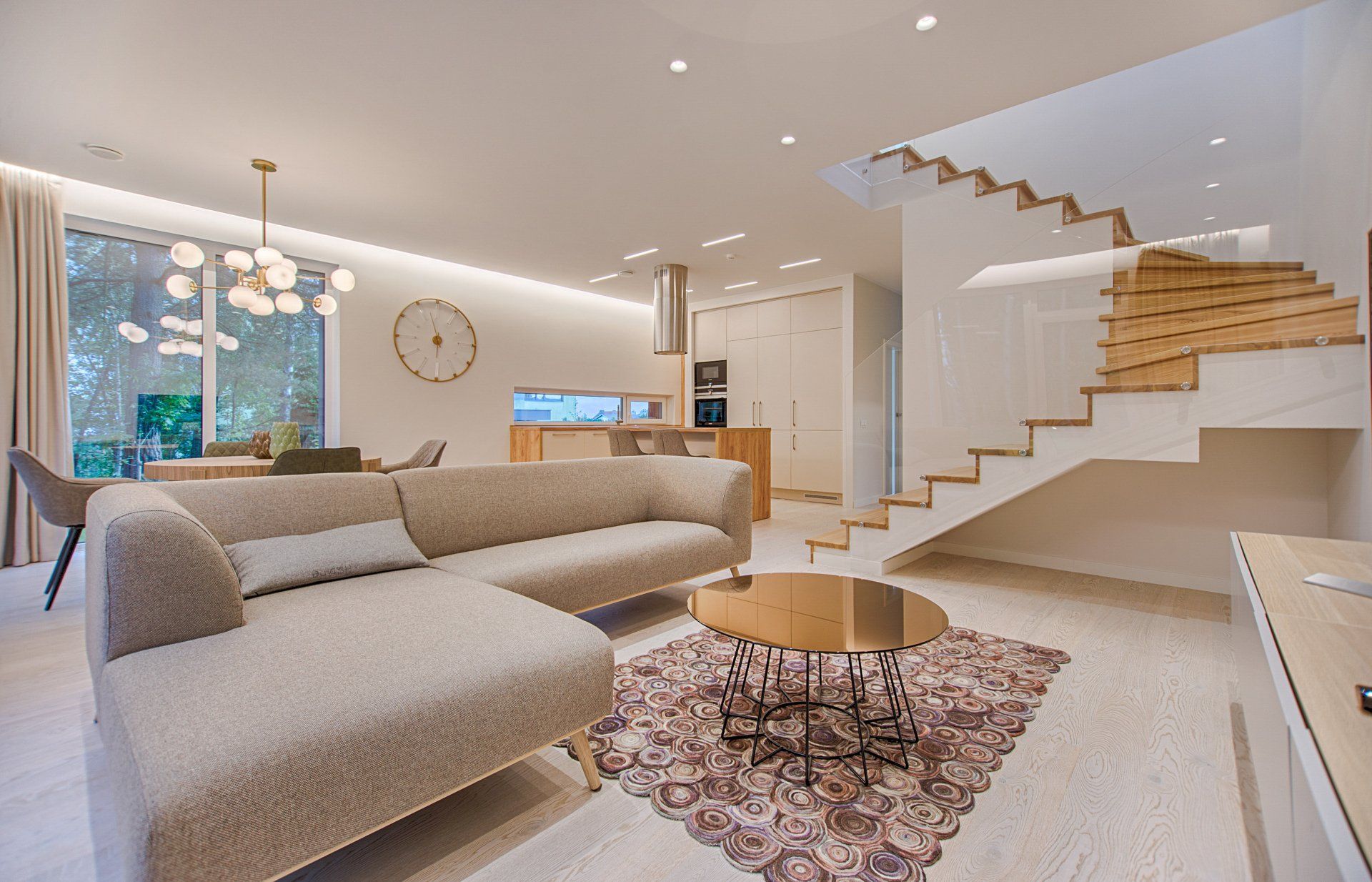
Comparing the Real Costs: Premium vs. Budget Paint
Initial Investment
There is no point in hiding it. The upfront cost of premium paint can be two to three times higher than that of budget options. For example, a gallon of premium paint might cost $50-$70, compared to $20-$30 for a budget alternative. But again, while this price difference may seem significant, premium paint often requires fewer coats due to better coverage, reducing the amount of paint needed for a project.
Long-Term Value
Over time, the financial advantages of premium paint become apparent. High-quality paint can last 8-10 years or more, compared to 3-5 years for budget paint. This longevity means fewer repainting projects and reduced labor costs, whether you’re hiring a professional or doing it yourself.
But let's look at this in a real-world scenario. If a budget paint job costs $300 but needs to be redone every four years, the total cost over 12 years could be $900. A premium paint job costing $600 might last the entire 12 years, saving both time and money in the long run. Premium paints also maintain their appearance better, reducing the likelihood of additional expenses for touch-ups or repairs.
When Premium Paint Makes the Most Sense
There are specific scenarios where investing in premium paint delivers clear benefits and should be strongly considered.
- High-Traffic Areas: Spaces like kitchens, hallways, and bathrooms benefit from premium paint’s superior durability and stain resistance.
- Exterior Surfaces: High-quality exterior paints offer better protection against harsh weather conditions, UV rays, and mildew.
- Special Finishes: When using bold or dark colors, premium paints provide more consistent and vibrant results with fewer coats.
- Long-Term Plans: If you plan to stay in your home for many years, premium paint’s longevity can save you from frequent repainting projects.
When Budget Paint Might Be Sufficient
We get it, paying top-dollar isn't always an option. There are plenty of situations where budget paint makes for an affordable and practical decision, including:
- Short-Term Projects: If you’re preparing a property for sale or a temporary rental, a cost-effective paint option may suffice.
- Low-Traffic Areas: Rooms that receive minimal wear and tear, like guest bedrooms or storage areas, can also often make do with budget-friendly paint.
- Tight Budgets: And finally, when cost is a primary concern, budget paints can help you complete a project without breaking the bank, provided you’re prepared for more frequent maintenance down the road.
Expert Tips for Making the Most of Your Paint Investment
As usual, we don't want to leave you without a few extra pointers to make the most out of your paint. Regardless of whether you choose premium or budget paint, these tips can help you maximize your investment:
- Proper Preparation: Clean and prime surfaces thoroughly to ensure better adhesion and longevity. If you use budget paint, pay more attention to getting full coverage with the primer beforehand.
- Choose the Right Finish: Select a finish that matches the room’s needs. A good rule of thumb is: matte for low-traffic areas, satin or semi-gloss for high-traffic zones.
- Invest in Quality Tools: Using high-quality brushes and rollers can improve application and final appearance.
- Follow Manufacturer Instructions: Adhering to recommended drying times and application methods will also enhance performance, no matter how insignificant they may seem!
Making Your Final Decision
Well, when you find yourself back in the home improvement aisle (or talking with your painter) just remember–when deciding between premium and budget paint, consider your specific needs, the project’s purpose, and the space’s usage. For long-term projects in high-traffic areas, premium paint often justifies its higher cost with superior performance and durability. On the other hand, budget paint can be a suitable choice for short-term or low-impact applications. By weighing the initial investment against long-term value, you can make a confident, informed decision that balances quality and cost.
